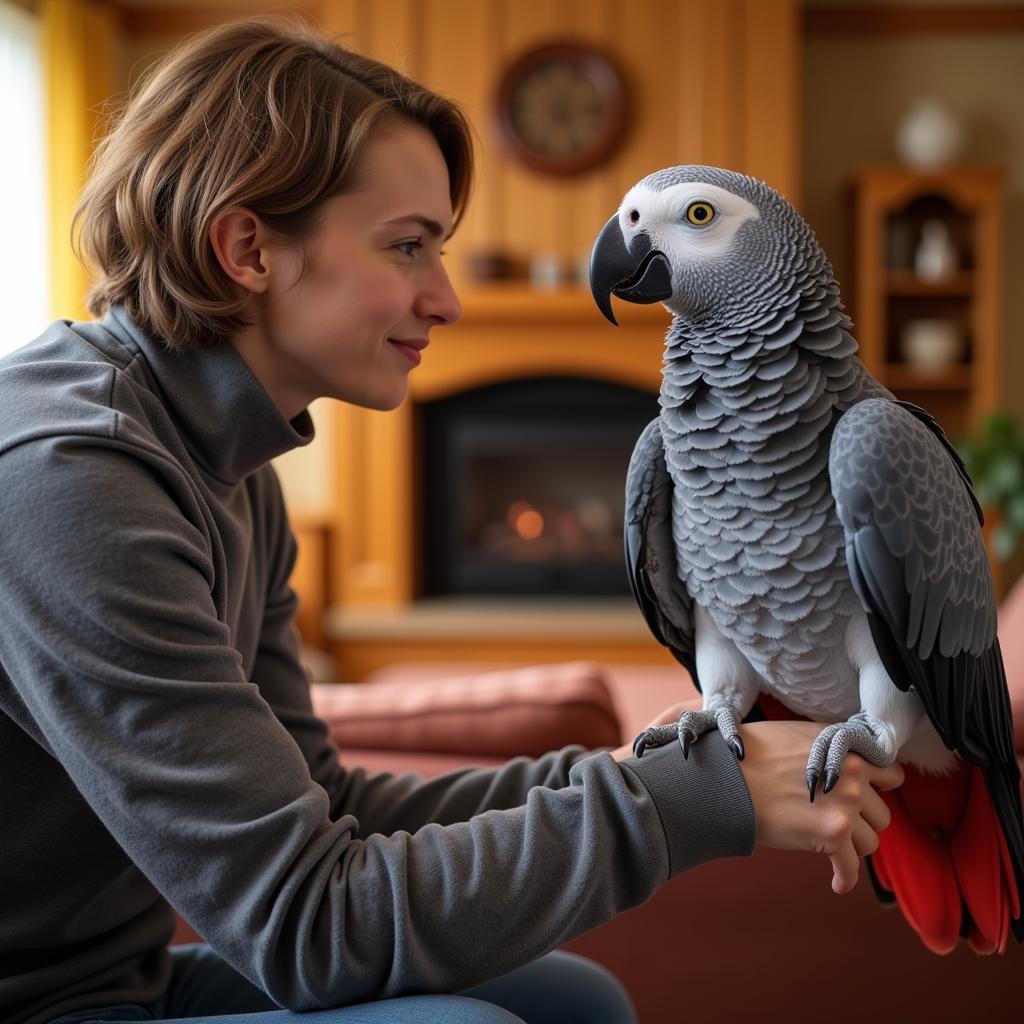Decoding “African Buffalo Voting”: A Deep Dive into Collective Decision-Making
The intriguing phrase “African Buffalo Voting” refers to the fascinating process by which these large herd animals make collective decisions about their movement and grazing. This democratic system, observed by researchers, reveals a sophisticated form of non-verbal communication and social intelligence within buffalo herds. It offers valuable insights into animal behavior and has even inspired research in african buffalo optimization.
The Intricate World of Buffalo Democracy
African buffalo, unlike many other herd animals led by a dominant individual, employ a unique voting system to determine their next move. This decentralized decision-making process is crucial for their survival in the challenging African savanna. Each adult female buffalo has a say, expressing her preferred direction by standing up, looking in that direction, and then lying back down. This simple act, repeated by multiple individuals, creates a visual tally of the herd’s collective preference.
This democratic process is remarkably efficient. By observing the “votes” cast by other females, the buffalo quickly arrive at a consensus, minimizing internal conflict and maximizing the benefit for the entire herd. This collective intelligence allows them to efficiently locate food and water resources, and to navigate safely through their territory.
How Does “African Buffalo Voting” Work?
The mechanics of “African buffalo voting” are surprisingly simple yet effective. Each female buffalo has equal voting power, and the direction with the most “votes” wins. This process is usually initiated when the herd needs to move, either to find new grazing grounds or to seek water. The females stand and gaze in their preferred direction, effectively casting their vote. The process continues until a clear majority emerges, and the herd moves in the chosen direction.
This system contrasts sharply with the hierarchical leadership structures seen in many other animal groups. The distributed nature of the decision-making process ensures that the needs of the entire herd are taken into account, rather than being dictated by a single dominant individual. This democratic approach also contributes to the herd’s resilience, as the loss of a single leader does not disrupt the entire group’s ability to function.
Why is “African Buffalo Voting” Important?
The study of “African buffalo voting” has significant implications for various fields. From a biological perspective, it sheds light on the evolution of social intelligence and collective decision-making in animals. It also provides insights into the dynamics of group behavior and the advantages of distributed leadership. Furthermore, this unique voting system has inspired computer scientists and engineers to develop algorithms and optimization techniques based on the principles of buffalo democracy.
Lessons from the Buffalo: Applying Collective Intelligence
The principles of “African buffalo voting” can be applied to various human endeavors, particularly in the realms of organizational management and decision-making. The buffalo’s decentralized approach can inspire more inclusive and democratic leadership models. By empowering individuals to contribute their perspectives and participate in the decision-making process, organizations can foster greater collaboration, innovation, and resilience. Moreover, understanding the dynamics of collective intelligence can lead to the development of more effective strategies for problem-solving and achieving common goals. Understanding these leaders may remind you of african american female leaders.
Conclusion: The Wisdom of the Herd
“African buffalo voting” is a testament to the remarkable intelligence and social complexity of these magnificent creatures. This unique decision-making process provides valuable insights into animal behavior, group dynamics, and the power of collective intelligence. By studying the wisdom of the herd, we can learn valuable lessons that can be applied to our own lives and organizations.
FAQ
- How do buffalo communicate their votes? They communicate their vote by standing, gazing in their preferred direction, and then lying down.
- Do male buffalo participate in the voting? Typically, only adult females participate in the voting process.
- How long does the voting process usually take? The process continues until a clear majority emerges, which can vary depending on the situation.
- What are the benefits of this voting system? Benefits include efficient resource location, enhanced group cohesion, and increased resilience.
- Can “African buffalo voting” be applied to human decision-making? Yes, the principles can inspire more inclusive and democratic leadership models.
- What other animals exhibit similar collective decision-making behaviors? Certain other herd animals, like some species of antelope, also exhibit collective decision-making, although the specific mechanisms may differ.
- Where can I learn more about animal behavior and collective intelligence? Numerous resources are available online and in scientific literature dedicated to animal behavior and collective intelligence.
Scenarios
-
Scenario 1: A herd of buffalo is near a watering hole but needs to find fresh grazing land. The females initiate the voting process to determine the direction of their next move.
-
Scenario 2: A herd encounters a predator. The voting process can help determine the safest escape route.
-
Scenario 3: A herd needs to cross a river. The voting process can help determine the safest crossing point.
Further Exploration
For more insights, explore articles on animal communication and decision-making. Consider researching other examples of collective intelligence in the animal kingdom.
Contact us for any assistance:
Phone: +255768904061
Email: kaka.mag@gmail.com
Address: Mbarali DC Mawindi, Kangaga, Tanzania.
We have a 24/7 customer support team.


